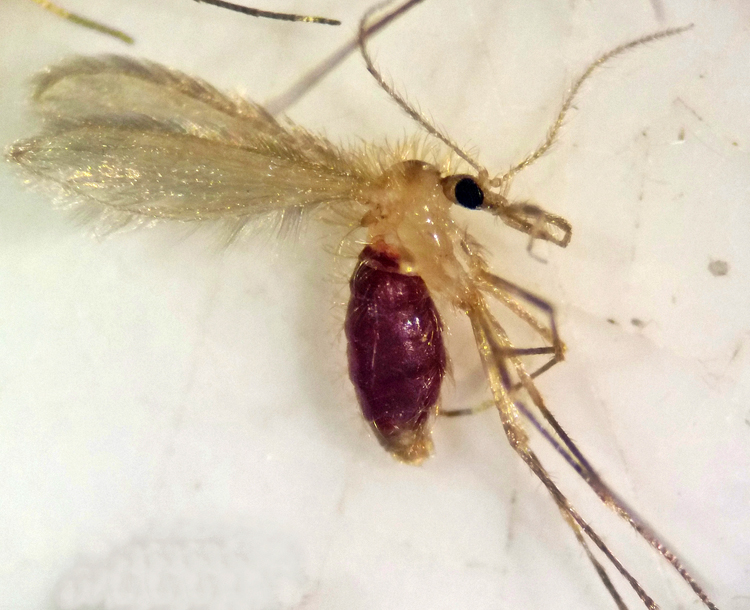The epidemiological cycle of zoonotic phlebotomine?borne Leishmania infantum is a complex system in which domestic animals and wildlife interact and participate in its maintenance and transmission. In this study, entomological surveillance, xenomonitoring of L. infantum and identification of host feeding sources of engorged females were combined to investigate the potential contribution of a periurban wildlife park to leishmaniosis in neighbouring residential areas. Overall, 7,309 sand flies were collected in 111 trap?days during the summers of 2016–2018 in an endemic area in south?east Spain. Five different sand fly species were captured, with Phlebotomus perniciosus, the main L. infantum vector in this region, representing the most common species. Sand fly distribution was spatially heterogeneous in terms of species, sexes and female physiological stage (unfed, gravid and engorged females) and related to host distribution and management, and environmental features. None of the 602 sand flies analysed for L. infantum infection by kinetoplast real?time PCR were positive. Molecular tools were used to identify the vertebrate hosts of sand flies and 17 host species were identified, mainly mammals. Human DNA was not identified in engorged sand flies. This study provides evidence that wildlife parks in south?east Spain are ideal grounds for sand fly vectors but do not necessarily increase L. infantum infection risk to humans and dogs living in surrounding residential areas. This is probably because vectors feed mostly on non?L. infantum competent hosts and this should be investigated for a better understanding of the contribution of wildlife parks to the local epidemiology of L. infantum. información[at]ebd.csic.es: Muñoz et al (2019) Molecular xenomonitoring and host identification of Leishmania sand fly vectors in a Mediterranean periurban wildlife park. Transbound Emerg Dis https://doi.org/10.1111/tbed.13319
https://onlinelibrary.wiley.com/doi/full/10.1111/tbed.13319

 Las altas temperaturas están provocando que las lagunas y las marismas de Doñana pierdan agua rápidamente
Las altas temperaturas están provocando que las lagunas y las marismas de Doñana pierdan agua rápidamente




